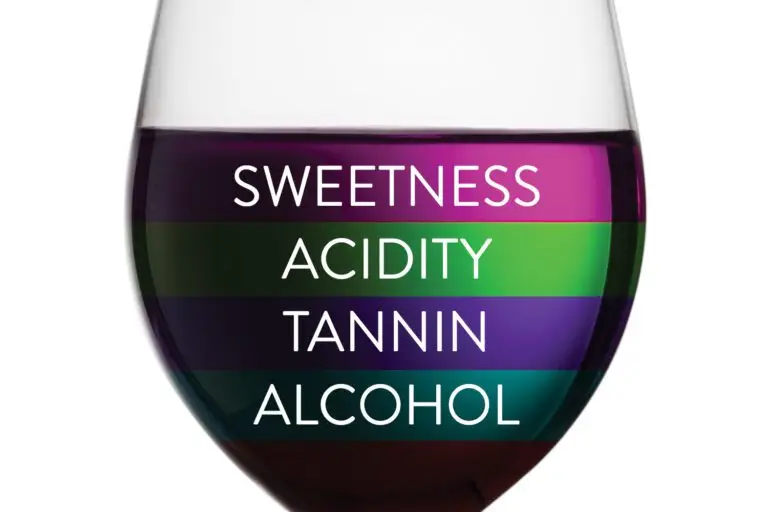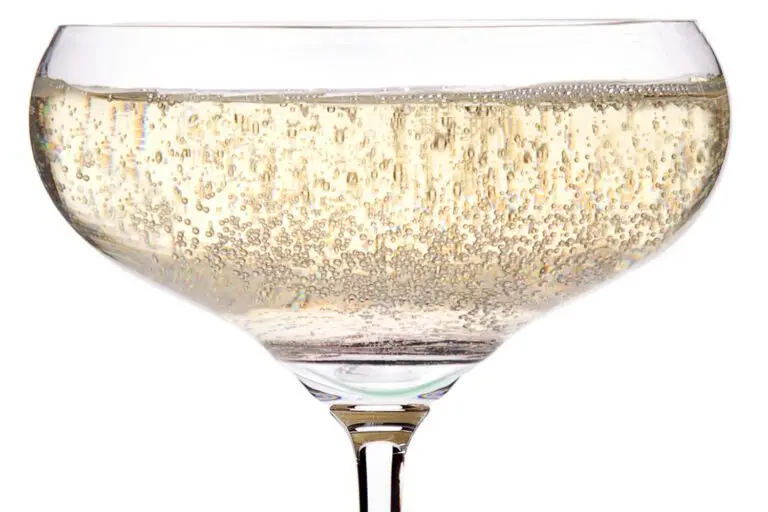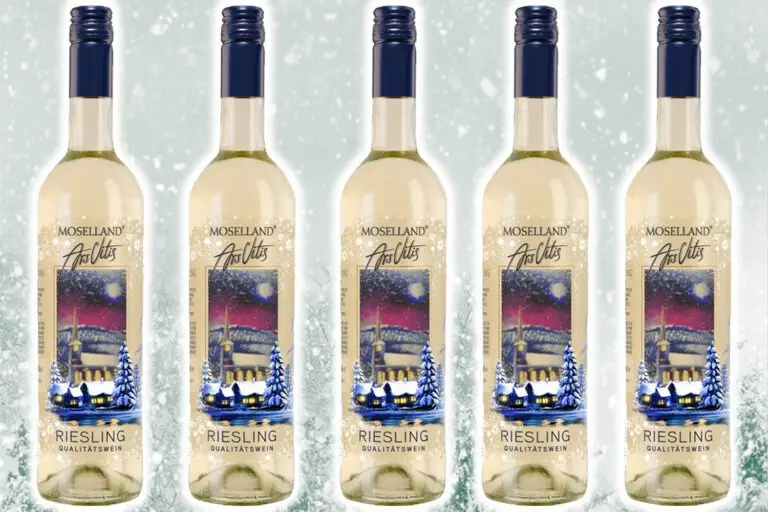By Gary Twining
 Years ago, the glasses used to serve wine were much different from today’s glassware. They tended to be small in volume, usually shaped like a “V” and made of thick, heavy crystal, often opaque, with ornate etched patterns. These glasses challenged wine drinkers, for many reasons.
Years ago, the glasses used to serve wine were much different from today’s glassware. They tended to be small in volume, usually shaped like a “V” and made of thick, heavy crystal, often opaque, with ornate etched patterns. These glasses challenged wine drinkers, for many reasons.
Small volumes tend to make consumers feel uncomfortable because they must continually go back to the bottle or decanter. Small portions get too much air too quickly, and don’t really experience gentle aeration. The “V” shape also does little for building, concentrating and enhancing the wine’s bouquet. Etching looks nice but makes evaluation of color quite difficult, and opaque glassware makes it impossible.
So what does one look for when purchasing a wineglass that will enhance the appearance, aroma and flavor of a wine? Most experts and connoisseurs prefer a clear, uncut lead crystal glass, large enough to hold a comfortable portion of wine, a bowl that tapers inward to focus the aroma and bouquet of the wine, and a cut rim (rather than rolled), which gives a more sensual and elegant feel on the lips when drinking. Others would suggest nice stems, though the newer, stemless glassware has all the preferred characteristics with added stability.
Most economical wine glasses are made from soda ash or soda-lime-ash. They are fairly durable and certainly practical. However, they lack the brilliance, delicacy and enjoyment of use that fine lead crystal offers. Plus, they don’t show wine at its best.
Since 1674, the positive effect of adding lead oxide (quartz, chalk, lead and potassium) to the glass formula has given us the highest quality glassware. In this process, the lead is totally integrated into the molecular structure of the glass, making it safe from which to drink. Experts at the Riedel company, a leader in lead crystal wineglass production, note that worldwide legal standards prove lead crystal can be used daily without posing any health risk.
Lead also offers the finest brilliance, color and ring to the glass. Unlike the smooth soda-ash glassware, lead crystal has a microscopic roughness, which helps enhance the aromatics of wine. “Lead crystal when put under an electron microscope, looks like it has sharks teeth,” says Dick Steltzner of Steltzner Vineyards. “These `teeth’ help rip open the wine, releasing more aromatics than soda ash glass.”
If you want to convince yourself of the importance the glassware, try a simple experiment: Pour wine from the same bottle into several glasses of different shapes and materials. The wine will be significantly different in nose and flavor from glass to glass.
In the late 1950s, Claus Riedel was the first to develop grape-specific glassware. He found that the shape of the glass affected the aromatics and where the wine hit the palate. If you wish to spend a fortune on glassware with shapes for every wine, it is certainly possible. It is also possible to purchase different quality levels of glassware (Riedel and Spiegelau are excellent producers). It is much more practical, though, to purchase a good sparkling glass and an all-purpose set of white and red glasses.
Hand-wash and vinegar-rinse your crystal (dishwashers can be used but you will lose some glasses). Gently dry the bowl using both hands and two towels to prevent snapping the stem, which can give you a bad cut. Store glasses away from strong odors (smoke, mold, coffee) as the odors can linger in the glass. Above all, do use your glassware regularly to fully enjoy your wines.




